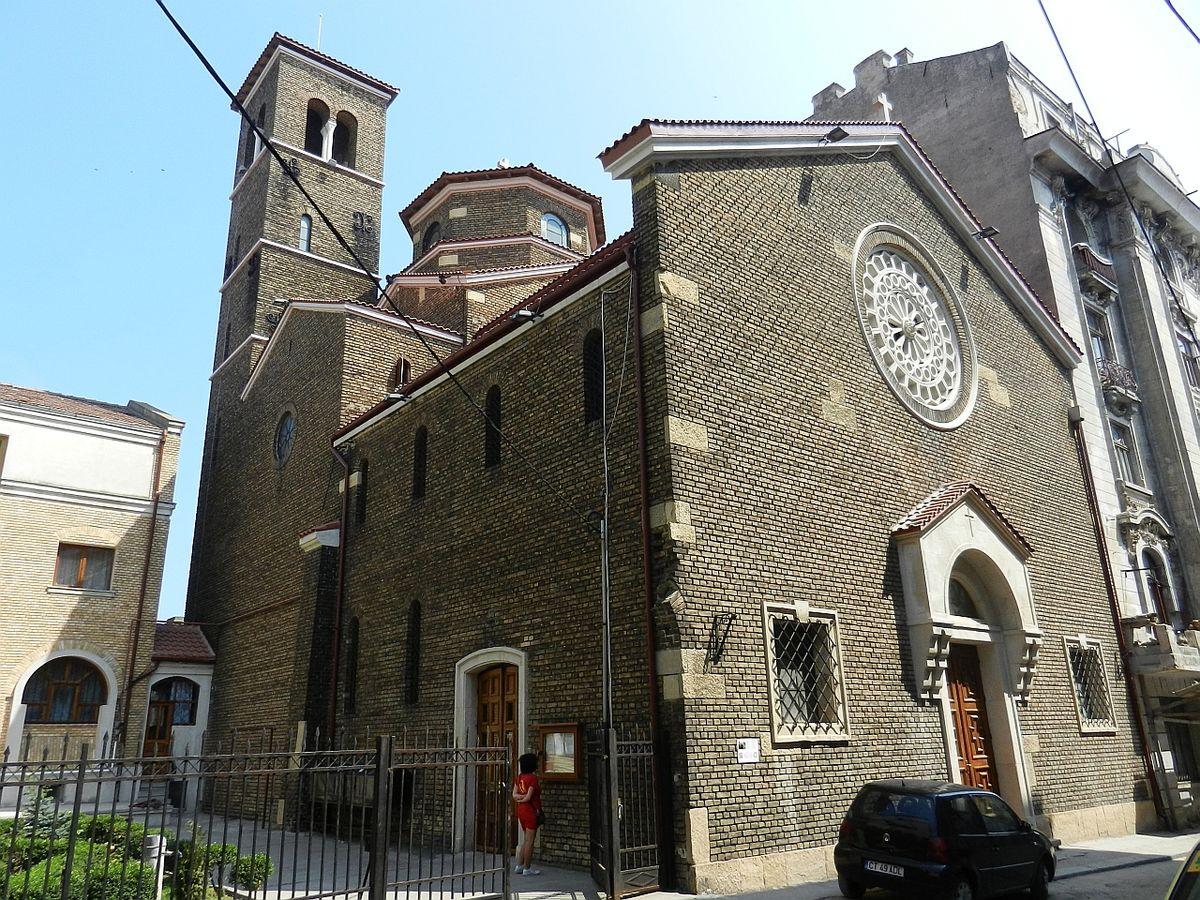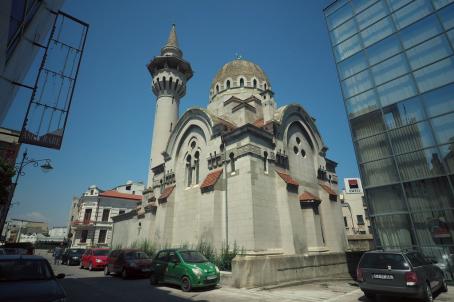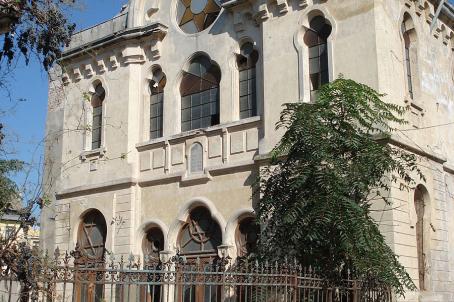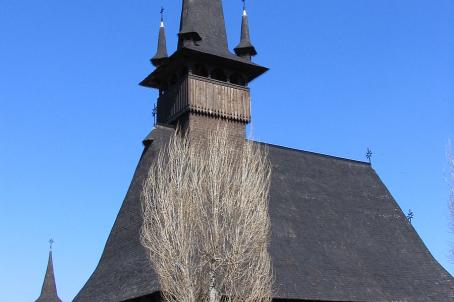Church of St. Anthony of Padua

The Church of St. Anthony of Padua was built in 1938 according to the plans of the Roman architect Simon (1900-1981). This neo-Romanesque church, which imitates the churches of northern Italy, replaces an old church from 1886. In 1944, when Soviet troops occupied the town, the church was put out of use and in the years to come it was vandalized. In 1947, the church was returned to the Catholics. Abandoned in the early 1950s, the church was restored in the same decade, then in the 1980s and in 2012.





